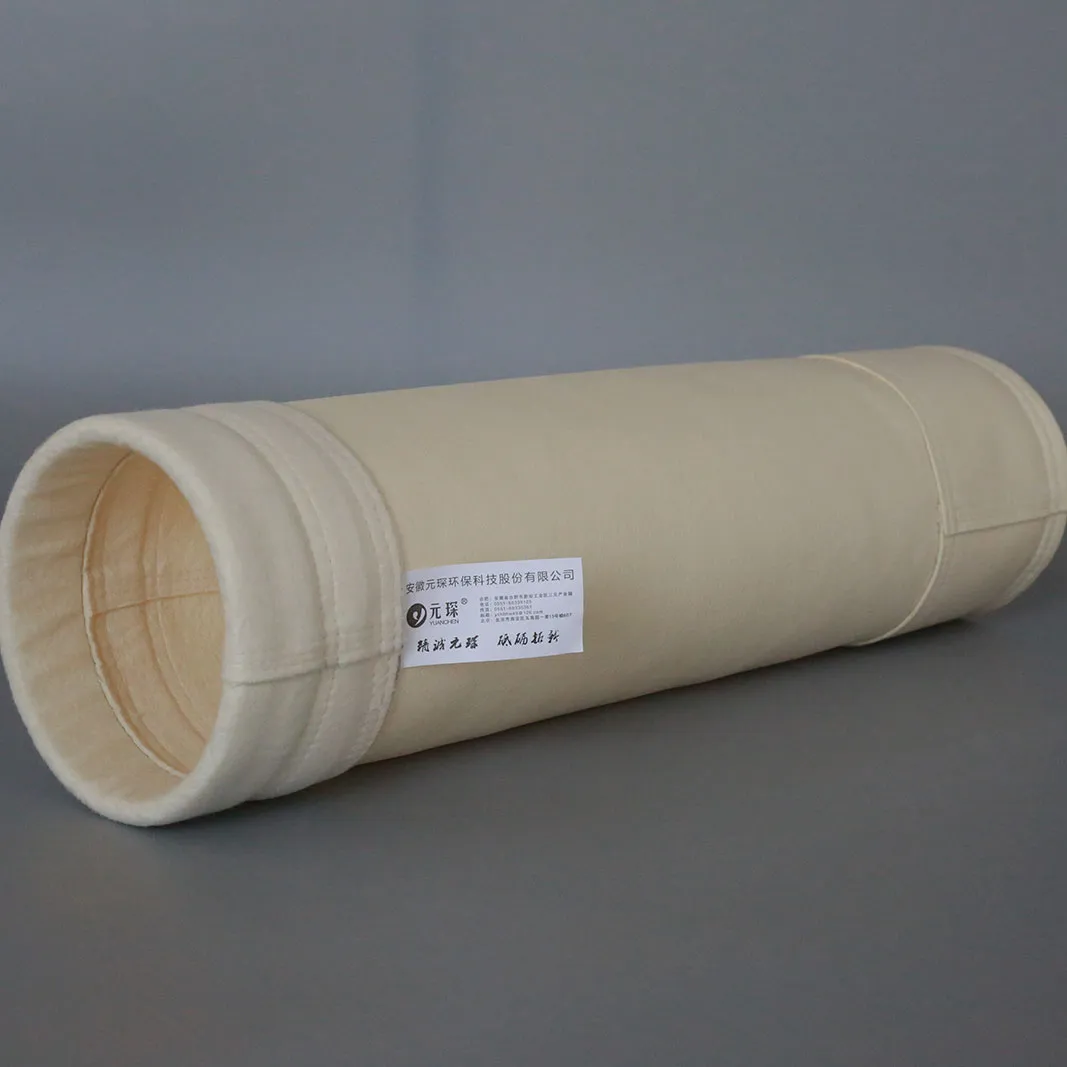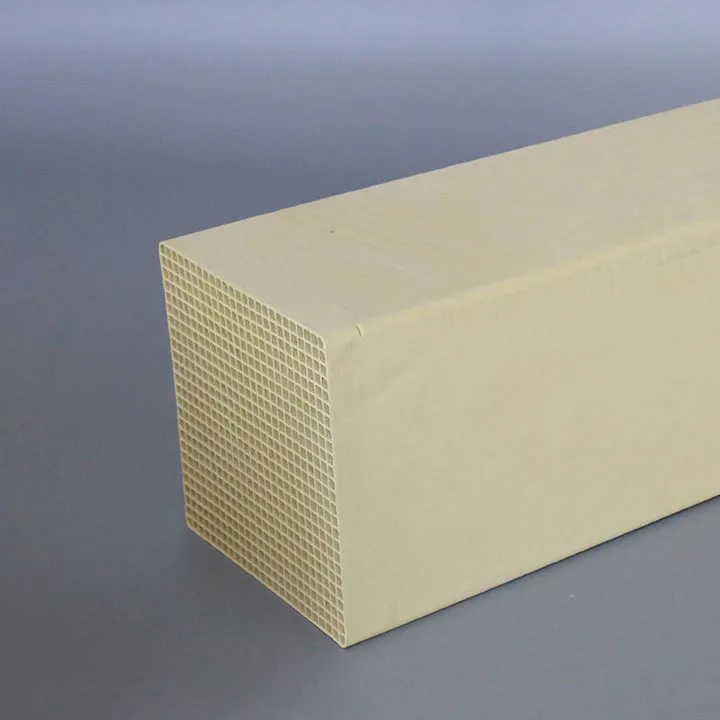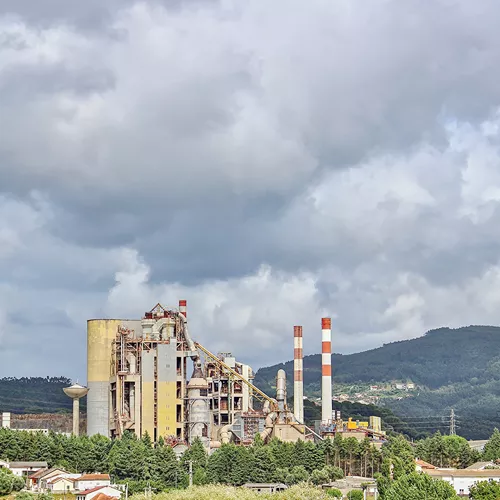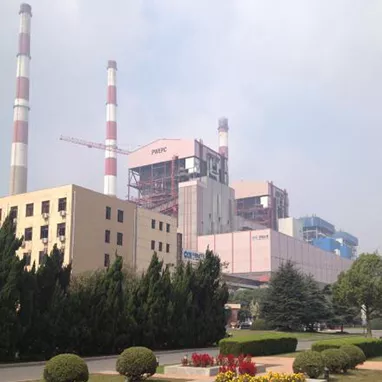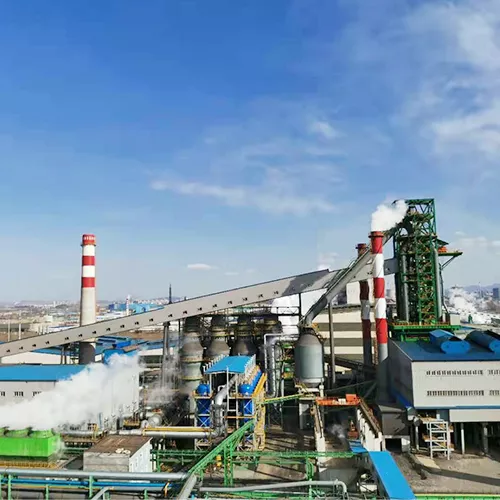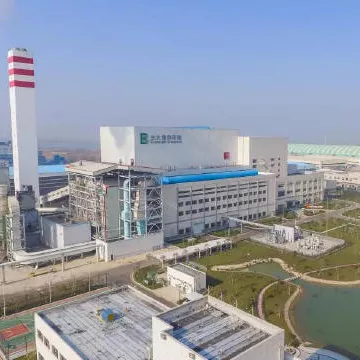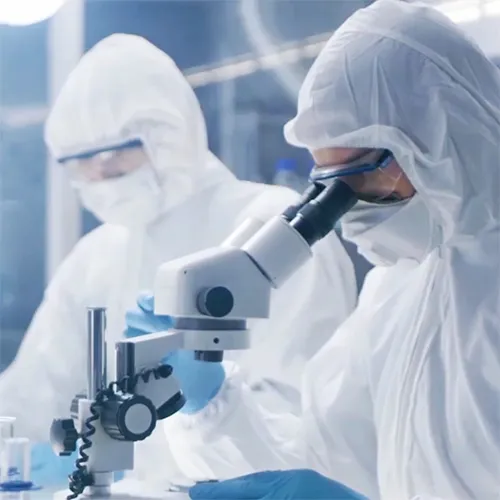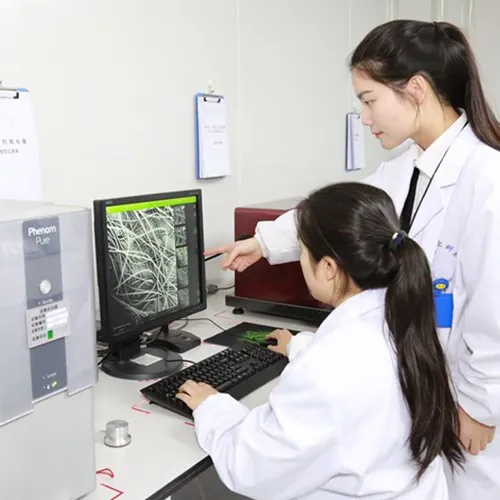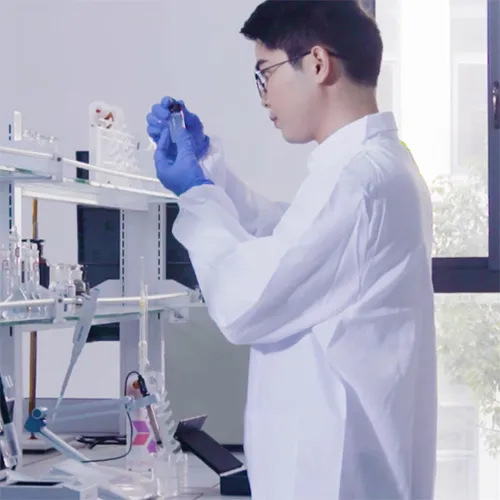Causes and countermeasures for the decline of denitrification catalyst activity
In the process of industrial flue gas treatment, Selective Catalytic Reduction (SCR) technology is a commonly used denitrification method, and SCR DeNOx catalyst is the core of this technology. However, over time, the activity of the DeNOx Catalyst will gradually decline, affecting its denitrification efficiency. So, what is the reason for the decline in catalyst activity?
The main reason for the decline in the activity of DeNOx Catalyst
1.High temperature leads to loss of active substances
DeNOx Catalysts usually work in high temperature environments, and the general SCR reaction temperature range is 300°C to 400°C. Under high temperature conditions for a long time, the active substances in the catalyst, such as titanium dioxide (TiO2) and vanadium oxide (V2O5), will gradually undergo crystal changes or decomposition, resulting in a reduction in the surface area of the catalyst, loss of active components, and decreased catalytic performance. In addition, high temperature may also cause changes in the pore structure on the surface of the catalyst, making it difficult for reactants in the flue gas to effectively contact the active sites of the catalyst.
2.Alkali metal and alkaline earth metal poisoning
Biomass, coal and other fuels contain a certain amount of alkali metals (such as sodium and potassium) and alkaline earth metals (such as calcium and magnesium). These metals will form alkaline oxides at high temperatures, adhere to the surface of the catalyst, hinder the contact between the reaction gas and the catalyst, and thus cause catalyst poisoning. Alkali metals will directly cover the active sites of the catalyst, weaken the catalytic ability, and ultimately accelerate the activity decay of the catalyst.
3.Sulfide and chloride poisoning
The sulfur and chlorine elements present in the fuel will generate sulfur-containing and chlorine-containing compounds such as SO2 and HCl during the combustion process. These compounds react chemically with ammonia (NH3) on the catalyst surface to generate ammonium sulfate or ammonium chloride deposits. The deposits block the pores of the catalyst or cover the active sites, preventing NOx in the flue gas from contacting the catalyst, thereby seriously affecting the denitrification efficiency.
4.Mechanical blockage of particulate matter and fly ash
The flue gas contains a large amount of particulate matter and fly ash. These solid particles will adhere to the catalyst surface or enter the catalyst pores, causing mechanical blockage. Especially in coal-fired power plants or biomass power plants, the amount of fly ash in the flue gas is large, and it is easy to form an ash layer on the catalyst surface. Over time, this ash accumulation will gradually block the pores of the catalyst, affecting the gas flowability, and thus reducing the activity of the catalyst.

5.Catalyst deactivation reaction
The catalyst activity decline may also be caused by the chemical reaction between the catalyst and the components in the flue gas. For example, the catalyst reacts with SO2 or HCl to form sulfates or chlorides, which will form deposits on the catalyst surface, hindering the contact between NOx in the flue gas and the active components of the catalyst, resulting in the failure of the denitrification reaction.
Solutions to the decline of catalyst activity
1.Select high temperature resistant catalyst materials
For the problem of catalyst activity decline caused by high temperature, it is particularly important to select high temperature resistant and stable catalyst materials. For example, vanadium-based catalysts can maintain good catalytic activity at high temperatures, and by adding additives such as tungsten oxide and molybdenum oxide, their high temperature anti-decay ability can be further improved. In addition, in actual operation, by reasonably controlling the operating temperature of the SCR system to avoid excessive temperature or excessive fluctuations, the high temperature failure of the catalyst can also be delayed.
2.Preventing alkali metal and alkaline earth metal poisoning
For the problem of alkali metal and alkaline earth metal poisoning, the following measures can be taken:
Pretreatment of fuel: Before combustion, reduce the risk of poisoning the catalyst by removing alkali metal and alkaline earth metal impurities in the fuel.
Select anti-poisoning catalysts: Develop catalyst materials with higher tolerance, such as titanium oxide carrier materials that are resistant to alkali metal poisoning or improve the anti-poisoning by improving the catalyst formulation.
3.Control the content of sulfur and chlorine in flue gas
For the problem of sulfide and chloride poisoning, controlling the flue gas composition is the key. Through the pretreatment of desulfurization and dechlorination of the fuel, the content of impurities such as SO2 and HCl can be effectively reduced, and their deposition on the catalyst surface can be reduced. At the same time, catalyst materials with anti-sulfur and anti-chlorine capabilities can also be used to avoid the catalyst from failing due to reaction with sulfur and chlorine compounds.
4.Regular cleaning and maintenance
In order to prevent particulate matter and fly ash from clogging the catalyst surface or pores, it is very important to clean the catalyst regularly. Usually, mechanical cleaning or online backwashing system can be used to remove the ash on the catalyst surface to maintain the patency of the catalyst surface. In addition, regular inspection and maintenance of the denitrification system to ensure that the flue gas flow rate is appropriate and reduce the deposition of particulate matter on the catalyst surface.

5.Regeneration and replacement of catalysts
For catalysts that have already experienced activity decline, regeneration treatment is an effective way to extend the life. Catalyst regeneration usually includes physical cleaning, chemical cleaning, heat treatment and other steps to restore the surface activity of the catalyst. At the same time, for severely degraded catalysts, they should be replaced in time to ensure the efficient operation of the denitrification system.
6.Optimizing the operating conditions of the SCR system
Optimizing the operating parameters of the SCR system is also one of the key strategies to delay the decline of catalyst activity. For example, the ammonia nitrogen ratio (NH3/NOx) in the flue gas can be reasonably controlled to avoid excessive ammonia from inducing side reactions to form deposits. At the same time, maintaining appropriate flue gas temperature, pressure and flow rate can reduce the negative impact on the catalyst and extend its service life.
Summary
The activity decline of the ultra-high temperature SCR denitrification catalyst is one of the key issues affecting the operating efficiency of the SCR system. The main reasons include high temperature loss, alkali metal and alkaline earth metal poisoning, sulfide and chloride deposition, and particulate matter blockage. By selecting high temperature resistant and anti-poisoning catalyst materials, controlling flue gas composition, regular cleaning and maintenance, and timely catalyst regeneration and replacement, the activity decline of the catalyst can be effectively delayed to ensure the long-term stable operation of the denitrification system.


